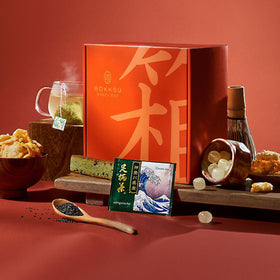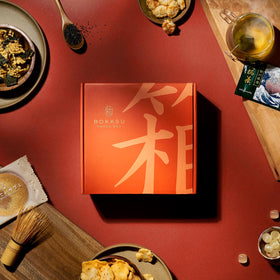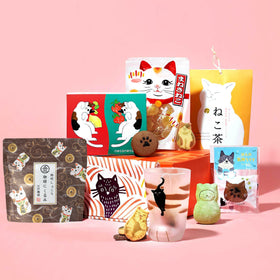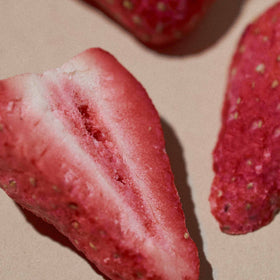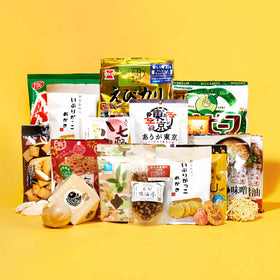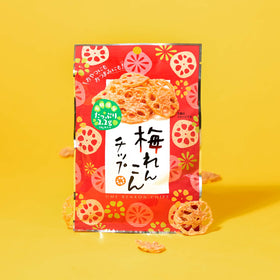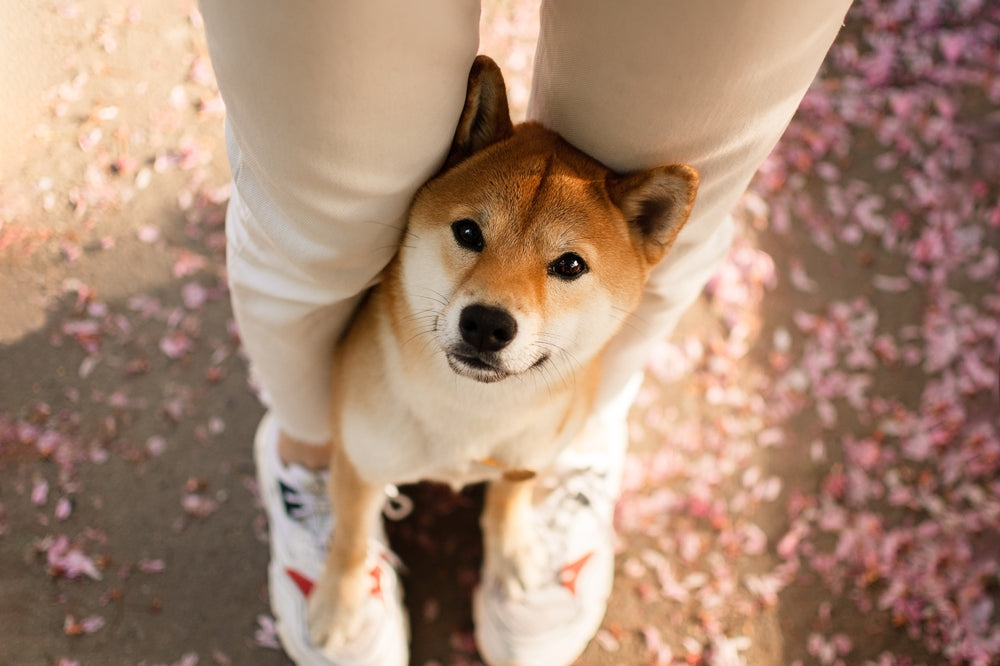Hokkaido’s Ainu Tribe: Preserving Japan’s Indigenous Legacy
Who Are the Ainu?

The Ainu are an indigenous ethnic group in Japan, mainly living in Hokkaido and northern Honshu. Long before modern borders, the Ainu lived as hunter-gatherers and fishers, with a deep spiritual connection to nature and a rich oral tradition. For centuries, they maintained a distinct language, clothing, and rituals. It wasn’t until the late 20th century that Japan formally recognized them as a unique cultural group. Today, the Ainu people are reclaiming their traditions and contributing to Japan’s diverse cultural tapestry.
The History of the Ainu in Hokkaido

The history of the Ainu people in Hokkaido is one of resilience. As one of Japan's indigenous people, the Ainu established communities in the north long before the modern Japanese state. They lived through hunting, fishing, and gathering, with a unique culture, oral traditions, and a language unrelated to Japanese. For generations, they thrived independently. However, in the 19th century, as the Japanese government expanded into southern Hokkaido, the Ainu began facing pressure to assimilate. Policies banned Ainu language and customs, encouraged intermarriage, and caused forced relocation, leading to marginalization.
Despite many challenges, the Ainu community quietly preserved their heritage without official recognition. In 2008, the Japanese government officially recognized the Ainu as an indigenous people, a major milestone in their ongoing struggle for cultural rights. This acknowledgement opened the door to renewed efforts to revive Ainu language, traditions, and identity within Japan's broader society. Further progress came in 2019 with a new law dedicated to promoting and preserving Ainu culture. Today, the Ainu are actively reclaiming their cultural presence, shaping their history and traditions as a powerful testament to the resilience of indigenous peoples worldwide.
Ainu Language and Its Revitalization

The Ainu language nearly vanished as generations shifted to the Japanese language under historical pressures and assimilation. The 1997 Ainu Culture Promotion Act laid a foundation for preserving traditions, but progress had been gradual. The Foundation for Ainu Culture supports language revival through Ainu language classes, though they're not part of the formal curriculum. Creative efforts like a 15-minute radio program and an annual speech contest help communities reconnect with the language and celebrate their heritage.
A particularly promising development is AI Pirika, a digital platform launched in April 2019 to support the preservation and promotion of the Ainu language and its cultural heritage. Powered by artificial intelligence, it offers pronunciation guidance and translation tools, making the language more accessible to both Ainu descendants and the general public. Together, these grassroots and institutional efforts are helping to ensure that the language and the identity it carries will not be forgotten, but instead passed down with pride to future generations.
== https://www.bokksu.com/collections/bokksu-exclusive-box-and-bundle/products/treat-yourself-box== ==https://www.bokksu.com/collections/bokksu-exclusive-box-and-bundle/products/bokksu-ramen-box== ==https://www.bokksu.com/collections/bokksu-exclusive-box-and-bundle/products/the-kawaii-gift-box==
Ainu Spiritual Beliefs and Connection to Nature

In traditional Ainu culture, spirituality was deeply rooted in animism—the belief that all natural elements, from animals and plants to rivers and mountains, have a spirit or god called kamuy. Ainu livelihood depended on hunting, fishing, and gathering, fostering a deep respect for nature. Their rituals honored the spirits of the animals they relied on, reflecting this close bond. A key ritual in Ainu religion involved raising a bear cub as part of the family, caring for it over several years before ritually sacrificing it to honor its spirit. The Ainu believed that treating the bear well in life and respectfully releasing its spirit would bring blessings and protection from the bear’s kamuy, ensuring community harmony and prosperity.
What Does “Ainu” Mean?
In the Ainu language, the "Ainu" simply means "human," a term that carries profound cultural meaning. It distinguishes humans from the kamuy, or divine beings, reflecting a worldview where people live in close, respectful harmony with the spirits of nature. This meaning is deeply connected to Ainu identity, highlighting not just their humanity but also their unique cultural perspective and values, which conitnue to shape their sense of self in modern Japan.
Traditional Ainu Clothing, Music, and Art

Ainu tradition is richly expressed through the clothing, music, and art of the Ainu people, offering a striking example of the resilience and creativity found in indigenous cultures. Both Ainu men and women wore garments made from bark cloth, often adorned with bold geometric patterns that held symbolic meaning. Ainu women traditionally wore the matanpushi, a distinctive headband embroidered with symbolic motifs, while Ainu men often wore the sapanpe during important events. These garments were expressions of identity, crafted with care to reflect the wearer's place within the community and their connection to ancestral traditions.
Music and art played key roles in preserving and celebrating Ainu culture, especially in the absence of a written language. Oral traditions were vital, with music used to pass down stories and history. Lighthearted songs called upopo reflected daily life, rituals, and work, often accompanied by the tonkori, a traditional plucked string instrument. More epic were yukar, rhythmic monologues that told legendary tales. Dance was also central, with communal dances like rimse and horippa performed during ceremonies, prayers, or shared labor. Ainu art thrived in wood carving, fabric design, and tattoos, often featuring the geometric patterns found in their clothing.
==https://www.bokksu.com/collections/bokksu-exclusive-box-and-bundle/products/japanese-savory-snack-box== ==https://www.bokksu.com/collections/bokksu-exclusive-box-and-bundle/products/japanese-fruits-gummy-box== ==https://www.bokksu.com/collections/all/products/the-happy-hour-gift-box==
Visiting Ainu Museums and Villages in Hokkaido

In Hokkaido, visitors can explore traditional Ainu customs through hands-on experiences at museums and preserved villages celebrating this indigenous heritage. One of the most significant destinations is Upopoy National Ainu Museum, in Shraoi. The name Upopoy, meaning “singing in a large group,” reflects its mission to be a place where people gather to learn and connect with Ainu traditions. Opened in 2020, it is Japan’s northernmost national museum and features six themed exhibitions on Ainu life, history, work, and spirituality. Visitors can also watch short films in the museum theater that offer a vivid introduction to Ainu beliefs and historical experiences.
Just outside, the National Ainu Park and Cultural Exchange Hall feature traditional music and dance performances, including the UNESCO-recognized “Ainu ancient rite dance.” Visitors can join workshops to cook Ainu dishes or play instruments like the mukkuri and tonkori, while the Crafts Studio highlights woodcarving, embroidery, knitting, and weaving. At the northern edge of Upopoy is Ainu Kotan, a recreated traditional Ainu village where visitors can step inside a traditional Ainu house and experience daily life from centuries ago. Audio guides explain how the Ainu connected deeply with nature and their kamuy (spiritual beings).
Ainu Cuisine and Ingredients from the Land

Ainu cuisine reflects a deep connection to the land, blending self-sufficiency with respect for nature. The diet features meats from fishing and hunting, like salmon and deer, along with wild plants, millet, and potatoes. Preserved foods such as dried meat and fish helped sustain them through harsh winters, while oils added richness to simple dishes. Traditional foods include citatap (“that which has been pounded”), fish or meat prepared like Japanese tataki, and sayo, a warm millet or rice porridge. Japan’s famous umami flavor has roots in Ainu culture, especially through kombu kelp from Hokkaido’s coast, a key ingredient in their cuisine. Together, these elements showcase how the Ainu live in harmony with their environment, turning the land’s gifts into meals rich with history and meaning.
The Ainu Today: Cultural Revival and Recognition

In recent years, there has been a powerful cultural revival among the Ainu population, as modern Ainu individuals actively reclaim and express their identity through activism, art, and media. After centuries of marginalization and being overshadowed by the dominant ethnic Japanese culture, the Ainu are increasingly visible in public life, using creative platforms to share their stories and preserve their heritage. Institutions such as Hokkaido University have become important partners in supporting this movement by conducting research and promoting cultural exchange, while the Foundation for Ainu Culture continues to fund programs that preserve language, support the arts, and share Ainu knowledge with broader audiences.
How to Respectfully Engage with Ainu Heritage as a Visitor

To truly understand Ainu culture, it’s essential to approach with respect, curiosity, and an open mind. Visiting Ainu museums, cultural centers, and participating in guided experiences in Hokkaido provides meaningful insight into their history and traditions. By listening to Ainu voices and supporting Ainu-led initiatives, visitors gain a deeper appreciation of both their heritage and the challenges they continue to face. Instead of idealizing the past, honoring Ainu pride means recognizing their resilience, celebrating their role in Japan’s cultural fabric, and supporting efforts to preserve and revitalize their living traditions.
This July, Bokksu’s Snack Box subscription invites you on a flavorful journey with its theme, Chasing Hokkaido Summer. Celebrate the vibrant tastes and rich culture of Japan’s northernmost island, home to the indigenous Ainu people. Each carefully curated box offers a delicious way to explore Hokkaido’s unique snacks, inspired by the region’s natural bounty and traditional flavors. Subscribe now and experience a summer adventure unlike any other.
==https://www.bokksu.com/collections/all-bokksu-boutique-items/products/classic-bokksu-seasons-of-japan== ==https://www.bokksu.com/collections/all/products/bokksu-the-japanese-tea-box== ==https://www.bokksu.com/collections/bokksu-exclusive-box-and-bundle/products/cat-lovers-box==
Author Bio




